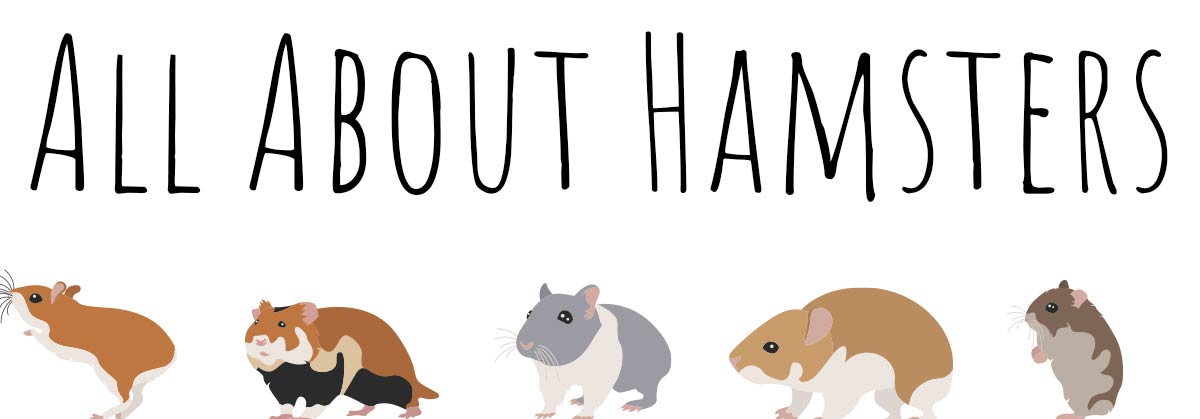

Hamsters share many characteristics with other rodents but are a more common housepet than mice or rats. They are characterized by their stout bodies and elongated cheek pouches, which they use to carry food back to the burrows. They also have a short tail, fur-covered feet, furry ears, and short, stocky legs. Their thick, silky fur can be long or short, colored black, gray, honey, white, brown, yellow, red, or a mix, depending on the species. The tail is often hard to see because it is so short, however, one highly visible characteristic is their sharp incisors, which grow continuously throughout their life. Because of this, they have to continuously wear them down. Though they are flexible, they have fragile bones and are extremely susceptible to rapid temperature changes, drafts, and extreme heat or cold.
Their diet consists mostly of seeds, fruits, and vegetation when they are in the wild, however, they can survive on a diet of entirely commercial hamster food. For domestic hamsters, adding in the occasional leafy green vegetable, non-citrus fruit, seed, or nut can help to keep them healthy. Just be sure to ask their vet which foods are okay for them to eat. Never should a hamster eat junk food, chocolate, garlic, or any salty/sugary food. Though they tend to love peanut butter, it should only be fed to them carefully, as it can get stuck in their cheeks.
Hamsters have poor eyesight, being both nearsighted and colorblind. Instead, they rely on their senses of smell, hearing, and touch. They can sense movement around them at all times and use this to move about in their environments and protect themselves in the wild. In domestic hamsters, this sense helps them know when their owner is about to pick them up. They use their sense of smell to distinguish between sexes and to locate their food. Using their sense of hearing, they can learn similar noises and begin to know the sound of their food and their owner’s voice.
Behaviorally, they are generally solitary creatures and may be aggressive towards other hamsters in their habitat, causing stress and even fights. Dwarf hamsters may tolerate other hamsters if they are siblings or of the same sex and are introduced at a young age. They communicate with both other hamsters and their owners through body language and smells.
Copyright © 2025 The Campsters
All rights reserved